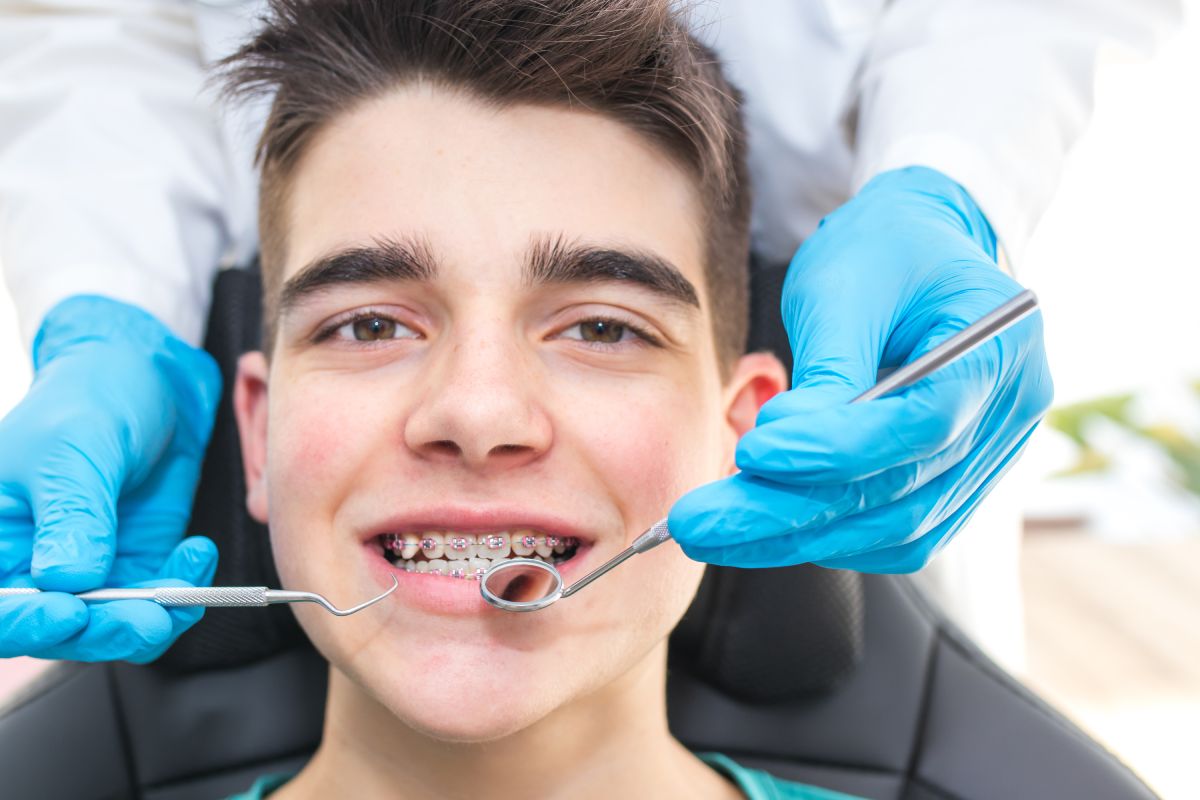The Facts About Causey Orthodontics Uncovered
Table of ContentsCausey Orthodontics Can Be Fun For EveryoneThe smart Trick of Causey Orthodontics That Nobody is DiscussingSome Known Facts About Causey Orthodontics.Our Causey Orthodontics StatementsNot known Details About Causey Orthodontics
Overlooking occlusal relationships, it was common to remove teeth for a selection of dental concerns, such as malalignment or congestion. The concept of an undamaged dentition was not extensively appreciated in those days, making bite relationships seem pointless. In the late 1800s, the concept of occlusion was crucial for producing reputable prosthetic replacement teeth.As these ideas of prosthetic occlusion advanced, it became an important device for dental care. It remained in 1890 that the job and impact of Dr. Edwards H. Angle started to be really felt, with his payment to contemporary orthodontics especially noteworthy. At first concentrated on prosthodontics, he showed in Pennsylvania and Minnesota prior to directing his interest towards oral occlusion and the therapies needed to maintain it as a regular problem, thus ending up being known as the "father of modern orthodontics".

The idea of suitable occlusion, as proposed by Angle and incorporated right into a classification system, enabled a change towards treating malocclusion, which is any kind of deviation from regular occlusion. Having a full set of teeth on both arcs was very searched for in orthodontic treatment due to the demand for precise relationships between them.
The Single Strategy To Use For Causey Orthodontics
As occlusion ended up being the essential priority, face proportions and aesthetic appeals were disregarded - best orthodontist. To accomplish perfect occlusals without using outside forces, Angle proposed that having perfect occlusion was the most effective way to obtain optimum facial aesthetics. With the death of time, it became rather obvious that also an extraordinary occlusion was not suitable when thought about from a visual perspective
It came to be noticeable that orthodontic therapy could readjust mandibular advancement, bring about the formation of practical jaw orthopedics in Europe and extraoral force measures in the US. These days, both functional appliances and extraoral tools are used around the globe with the objective of amending growth patterns and forms. As a result, going after true, or at the very least boosted, jaw partnerships had actually come to be the main objective of therapy by the mid-20th century.
Causey Orthodontics for Dummies
 Until the mid-1970s, braces were made by covering metal around each tooth. https://www.irooni.co/health-medical/causey-orthodontics-54762., it became feasible to instead bond metal braces to the teeth.
Until the mid-1970s, braces were made by covering metal around each tooth. https://www.irooni.co/health-medical/causey-orthodontics-54762., it became feasible to instead bond metal braces to the teeth.Andrews gave an informative definition of the excellent occlusion in irreversible teeth. This has had meaningful results on orthodontic therapies that are provided routinely, and these are: 1. Appropriate interarchal partnerships 2. Correct crown angulation (suggestion) 3. Appropriate crown disposition (torque) 4. No turnings 5. Limited contact points 6. Flat Contour of Spee (0.02.5 mm), and based upon these concepts, he uncovered a therapy system called the straight-wire device system, or the pre-adjusted edgewise system.
The benefit of the layout hinges on its bracket and archwire mix, which calls for just very little wire bending from the orthodontist or clinician (affordable orthodontist near me). It's appropriately named after this feature: the angle of the port and density of the brace base ultimately identify where each tooth is situated with little need for added adjustment
The Greatest Guide To Causey Orthodontics
Both of these systems used the same braces for each and every tooth and necessitated the bending of an archwire in three airplanes for finding teeth in their wanted positions, with these bends dictating ultimate placements. When it comes to orthodontic devices, they are split into 2 types: detachable and repaired. Detachable home appliances can be tackled and off by the individual as required.

Therefore, nearly all modern-day set appliances can be considered variants on this edgewise home appliance system. Early 20th-century orthodontist Edward Angle made a major payment to the world of dental care. He produced four distinctive home appliance systems that have been made use of as the basis for numerous orthodontic treatments today, barring a couple of exceptions.
Not known Incorrect Statements About Causey Orthodontics

The wire ended in a string, and to relocate it ahead, an adjustable nut was used, which permitted a rise in area. By ligation, each specific tooth was connected to this expansive archwire (family orthodontics). Because of its restricted variety of motion, Angle was unable to attain exact tooth placing with an E-arch
These tubes held a soldered pin, which could be rearranged at each consultation in order to relocate them in position. Dubbed the "bone-growing device", this device was thought to urge much healthier bone growth because of its potential for transferring pressure directly to the origins. Executing it confirmed problematic in fact.